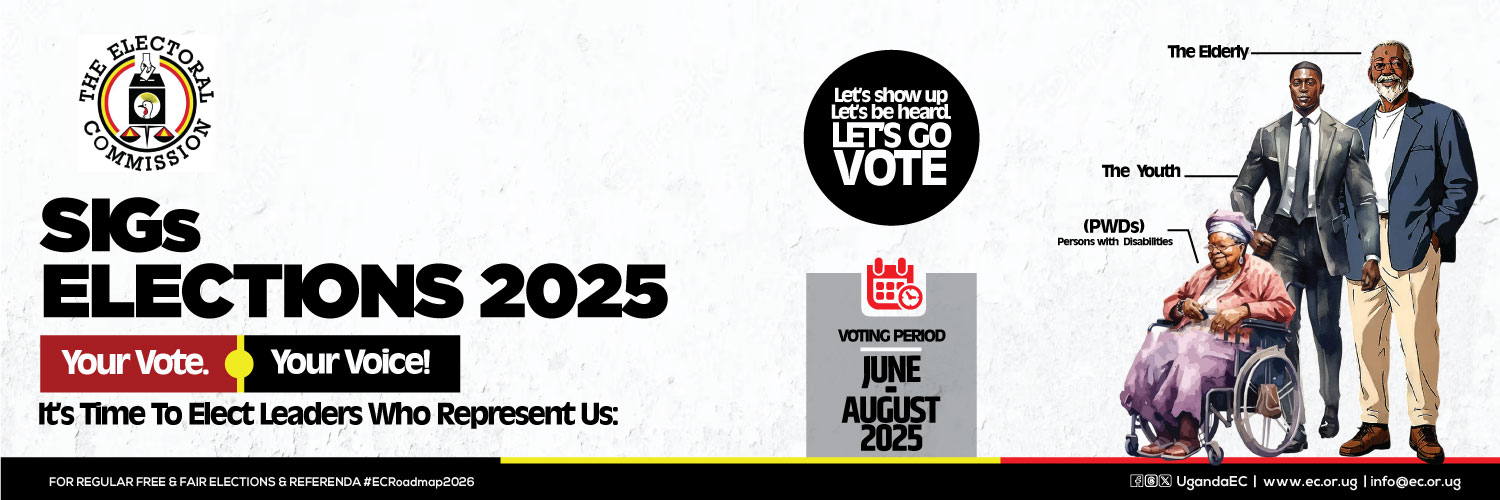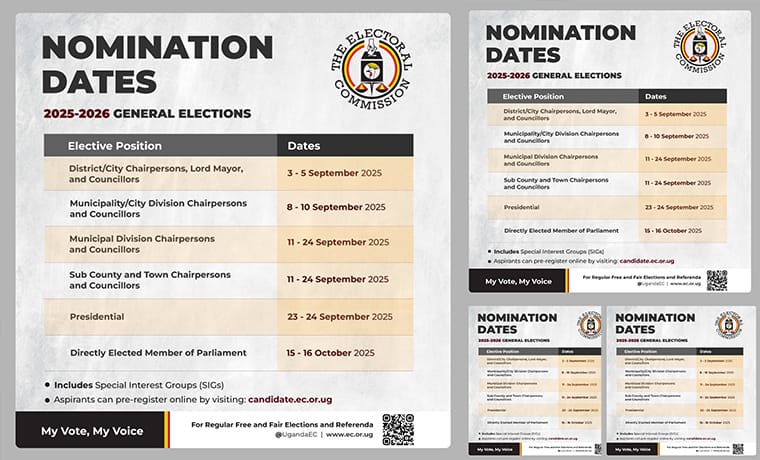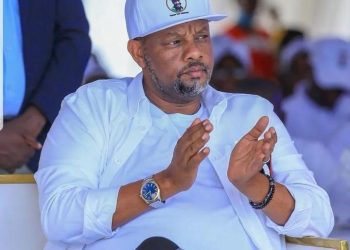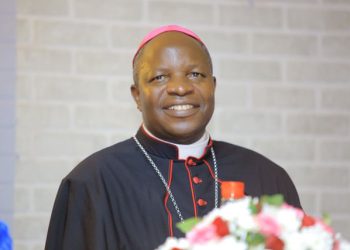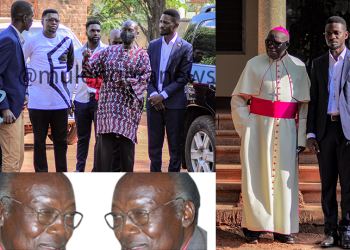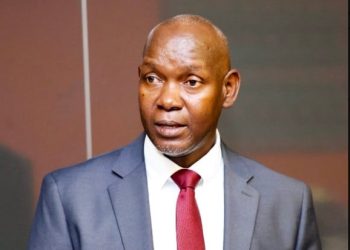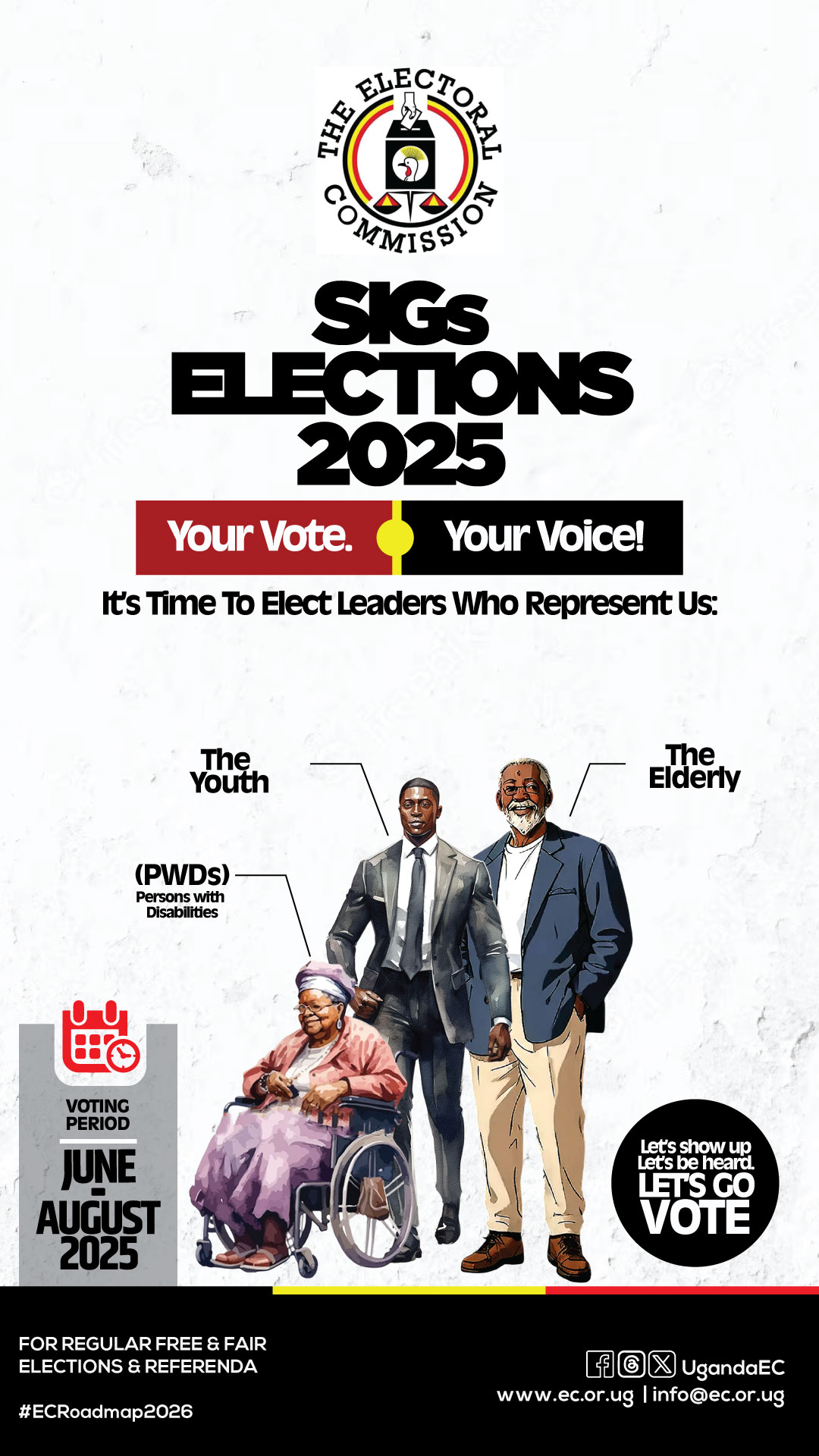By Mulengera Reporters
Depending on who you ask, the ongoing row over the control of UTL means different things to different people. To some like JEEMA boss Asuman Basalirwa and FDC SG Nandala Mafabi, it’s about impunity by an administrator who is naturally arrogant and has become too powerful to accept any scrutiny. Some social media users have fallaciously called it attempts by powerful westerners to remain in charge. Other pundits have termed it a war of egos between Deputy AG Mwesigwa Rukutana and bosses at the Finance Ministry.
To Semujju Nganda, its merely a symptom of the general institutional collapse he has always alleged to exist in Museveni’s Uganda. Yet seasoned lawyers Abdul Katuntu and Robert Kirunda say the UTL turmoil is indicative of limited understanding Ugandan public officials have towards administration processes relating to ailing companies.

And Kirunda says the limited understand is excusable because the insolvency law and practice is generally a new thing in Uganda. Mary Nanfuuka (aka Nanfie), a panelist on Capital Gang, says the UTL crisis is an opportunity for President Museveni to have the last word, reassert his authority and emphasize his ultimate power and control over this country no matter what the law says.
To students at the law school, struggling with contemporary Ugandan authorities to answer/pass insolvency law questions, the UTL animosity is an opportunity for court (once called on to arbitrate) to make some precedence-setting pronouncements and thereby enrich our insolvency-related jurisprudence.
ANITE SEES MAFIA @ WORK
For the indomitable Evelyn Anite, who is one of the belligerents on the UTL battle field, its all about nothing but a fight to fraudulently take possession of the company’s vast assets located in prime locations of Kampala, its suburbs and major upcountry towns.

In her latest missive, the iron-willed Minister from Koboko claims the manner in which some government officials have ganged up against her is corroborative of the long-held suspicion that some have always selfishly wanted UTL administration to fail so that the company is liquidated and its assets anomalously parceled out. She makes similar reference in her letter to the President.
We aren’t court and can therefore not accurately ascertain Anite’s claims regarding potential asset grab but what is in our power is to profile and present a compilation of some of the prime assets Uganda Telecom owns within and around Kampala and as well as in major upcountry towns.

CONTEXTUALIZING THE STORY
Uganda Telecom Ltd, which ideally has both asset and HR-related capabilities, owns prime land and buildings that only need comprehensive refurbishment for the company to once again become formidable. UTL also has significant (9.13%) shareholding in West Indian Ocean Submarine Cable Company which supplies internet to much of Sub Saharan African countries. This 9.13% translates into over $10m in absolute money terms.
And in law, shares constitute part of one’s asset possession. The other indirect asset making UTL formidable lies in the highly experienced personnel (especially telecom engineers) whose profile Prime Minister Ruhakana Rugunda proudly referred to during the April 30th Cabinet meeting in Entebbe State House where cabinet unanimously voted to have UTL revamped on top of compelling all government MDAs to 100% have all their internet and telecom needs supplied by UTL.
COMPANY LAND ASSETS;
The vastness of UTL land assets has its background in the way Uganda Posts & Telecommunications was split. Whereas the financial aspect metamorphosed into Postbank Uganda and the mail delivery aspect became Posta Uganda, the telecom aspect became Uganda Telecom (UTL). The Telecom Company, originally 100% government-owned, was vested with a lot of land and this is why, inspite of the land grabs by mafia groups here and there (as captured in the Nandala Parliamentary report), the UTL land estate remains vast.
UTL was vested with vast prime land in all the 21 old (colonial) districts and towns of Uganda examples being Jinja, Masaka, Mbale, Mbarara, Kabale, Tororo, Arua, Gulu and Lira etc. The offer in each district/old town comprised of buildings for office space and land for the telecom masts/towers to facilitate network penetration. The good example on this mast issue is Mbarara town where 2 acres of land adjacent to Booma Grounds was vested in UTL. And in his January 2018 letter directing MDAs to exclusively consume UTL services, Museveni clearly denounced the unnamed Mafias (called them corrupt officials) whom he said were out to create chaos, devalue and subsequently grab UTL land assets and other properties.
THE KAMPALA ASSETS
Mulengera News investigations show that in capital city Kampala alone, UTL owns 1.5 acres of prime land in Mengo outside Bulange immediately after the Kabakanjala road round about. This comprises of the big compound and the old-ish building to your left as you move towards Bulange from the Mengo palace direction. It’s lately a center of lots of commercial activities as mostly foreigners and Somali refugees from Kisenyi always flock it to purchase telecom services mostly land line phones whose network they consider to be affordable and the most reliable.

There is another almost 2 acres in Wandegeya comprising of a large compound and a huge dilapidated commercial building (behind Frieca Pharmacy). This broadly speaking is located adjacent (opposite) to the Ministry of Public Service offices.
There are many entities with land assets adjacent to State House Nakasero but UTL is the most prominent of them. Why? The telecom owns the vast vacant plot (measuring 1.5 acres) located opposite Sheraton Hotel and Rwenzori Courts (just outside the new NWSC headquarters).
It’s that vast parking space to your left as you drive towards Sheraton from the direction of the High Court/Grand Imperial hotel. Currently designated as parking space for Pine, UTL (in administration) staff and those of nearby Barclays Bank and other Rwenzori tenants, the huge plot has capacity to hold 300 cars at a time.

The original government plan was once the new investor comes on board; this property was being considered as the most suitable location for a structure that would be appropriately named UTL Towers. It would serve as the corporate headquarters for the company once Twebaze Bemanya’s administration team is out of the picture.
It should be clarified that once the investor is on board, Bemanya’s team must get out of the picture and be financially facilitated (by GoU & the new investor) to sort out the creditors starting with NSSF statutory obligations arrears followed by secured creditors.
NSAMBYA/MBUYA LAND
Still in Kampala, UTL owns prime land in Nsambya equaling 2 acres on the street near Seroma Ltd and not very far from Clock Tower street lights along Nsambya road. Its 2 acres remaining and another 2 acres was to your right as you drive towards Nsambya Hospital. These originally were two pieces of land but one was controversially sold by the old UTL management team and the dubious circumstances of the sale are well captured in the report of the Parliamentary Committee on UTL.
Some 2 acres were lost but another 2 remains intact having been properly secured during the administration period. And this took the combined efforts of both Twebaze Bemanya and Evelyn Anite when the still read from the same page regarding UTL matters.

Then in Mbuya, UTL owns ½ acres near the MTN switch. And most importantly is Kololo on the Summit View Hill where UTL undisputedly owns 15 acres on top of the hill overlooking the rest of Kampala city. This is the land that has for years been under occupation and use by the defense ministry that must either pay up or vacate the land depending on how best the President will guide.
Still in Kampala, there is the current UTL headquarters at Telephone House. Here you have a huge high-rise old building and a vacant vast compound behind it currently serving as parking for both UTL and nearby Posta Uganda staff. This is located straight opposite Standard Chartered Bank headquarters below Sheraton Hotel. It’s also directly next to BoU.
Sources that Mulengera News spoke to for this investigative article revealed that this building was initially meant to be refurbished and converted into a state of art data center for UTL and the rest of government.
The plan was to stuff it with centrally-controlled servers for the different MDAs and other clients and be remotely controlled by the owners who are UTL clients mostly MDAs. It was also to house the switching centers for all these servers. This would comply with the President’s guidance that all the government data, belonging to the different MDAs, must be centrally stored in the most secure way by a telecom company in which government has controlling stake.
Until a few years ago, UTL also owned vast land (3 acres) on 5th Street Industrial Area. This is opposite Bata Shoe Company but the land was unfortunately sold off by the old pre-Bemanya management in the circumstances the MPs in their UTL report characterized as shady and dubious. It was sold to a powerfully-connected city tycoon that is renowned for investing in Casinos and generally the gambling business.
104 ACRES IN MUKONO
Then somewhere in Mukono near Mpooma Satellite Station, UTL owns 104 acres of prime land and it’s on this land that the much-hyped smart phone manufacturing was to take place as a joint venture between the GoU/UTL and the Chinese company called Xinlan. This renowned mobile phone manufacturing entity was partly responsible for the smart phones-enabled internet revolution in China because of its productive twinning partnership with (world’s biggest firm by subscription) China Telecom (a mobile telecom operator) that boasts of 260m subscribers.

Before current infighting took effect, President Museveni had hoped that using the Mpooma land (the 104 acres), this smart phones manufacturing would increase affordability and access and lead to the realization of UN objective to have all citizens of the world access internet as a matter of right as opposed to privilege.
UPCOUNTRY LAND
At the start of the administration period, government prudently embarked on coming up with an inventory of all UTL assets and the finding was that on average, UTL has a minimum of two acres of prime land in each of the 21 traditional districts and towns upcountry. Examples include Soroti, Mbale, Jinja, Fort Portal, Tororo, Masindi, Arua, Mbarara, Kabale, Masaka and others. In these same 21 traditional towns and districts, UTL also owns a well laid copper and fiber network that will take other telecom companies more than 50 years to have in place.

Unlike the competitor telecoms like MTN, Airtel and others which sold their mast/tower sites to ATC (American Tower Company) and Uganda Towers/Eaton, from which they now rent, UTL still owns all its tower/mast sites. This means that, once appropriately restored, UTL can ably compete with Eaton and ATC in the provision of mast services besides its core mandate that ultimately is provision of telecom services.
UTL BEST PERSONNEL
When it comes to personnel and relevant human resources, UTL is a giant that only continues to be in abeyance. This is the very point, Premier Rugunda eloquently made during the April 30th Cabinet meeting in Entebbe State House where the matter of UTL revamp was comprehensively discussed and unanimously voted upon. It were engineers of what became UTL that laid Uganda’s very first optic fiber cable network and they were working under a company called Maruben of Japan.
Some of these are still alive and actively part of the UTL staff though now demoralized by renewed turmoil. These same engineers later got more exposure to additional specialized training when a consortium of Germans bought into UTL before the coming of the Libyans. The Germans took them to Germany where they got exposed to the very best hands-on experiences Europe has to offer for the telecom business. Some of the best telecom engineers at UTL are some of the very best in the industry and they include Francis Kazinduki and David Kakembo, currently the Chief Technical Officer (CTO) UTL.

In Kazinduki’s case; he is a previously retired well accomplished wealthy engineer still giving his labor for the UTL revamp out of patriotic duty and pride and not necessarily for money. Otherwise he would be working with any other telecom capable and willing to pay him much more. Its patriotism and not desire for money parse that is keeping him at UTL.
For many years, David Kakembo worked for MTN and did many high-profile assignments including building MTN Iran from scratch. Highly experienced and much-sought after Kakembo has been at UTL since 2013 and is one of the 87 engineers the telecom has. Their professional career profiles was initially part of the reason UTL seemed more attractive to a number of willing investors.

The fact that MTN CTO Gordian Kyomukama previously worked at UTL is indicative of Uganda Telecom’s capability when it comes to quality staffing. In fact, even Soliton Telmec, which NITA and MTN often contract to facilitate internet provision and maintenance to their respective clients, sometimes reaches out to some UTL engineers who are privately hired to offer some consultancy services especially on weekend and public holidays.
Mantrac too privately hires UTL’s inadequately utilized engineers for its caterpillar generators’ maintenance. Mantrac is the largest generator maintenance company in Uganda. As UTL, the company has a range of engineers with different specialties including cable engineers, wireless transmission engineers, mobile switch engineers, enterprise switch engineers, fixed line network engineers and power systems engineers. (For comments, call, text or whatsapp us on 0703164755 or email us at mulengera2040@gmail.com).















